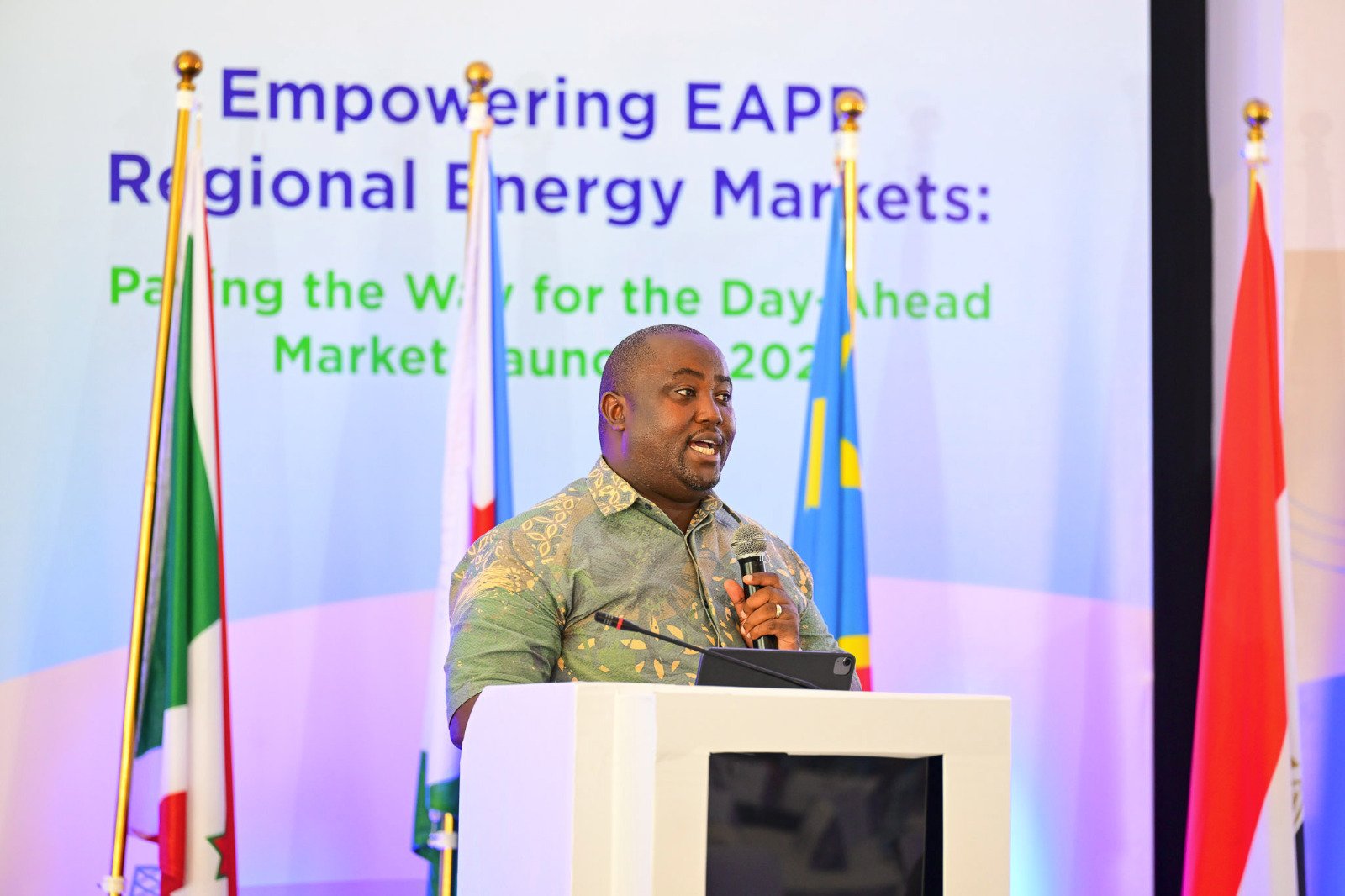Kenya is preparing to breathe new life into the Sh337 billion High Grand Falls Dam project, months after the Treasury cancelled the initial agreement with a foreign contractor.
The Ministry of Energy has teamed up with KenGen, Kenya Power and the Energy and Petroleum Regulatory Authority (Epra) to design a fresh roadmap expected to be ready by mid-October.
Energy Principal Secretary Alex Wachira confirmed that the agencies will meet soon to draw the framework for the project.
“I will be calling for a meeting with the energy regulator, KPLC, and KenGen to get a framework on how we are going to implement the High Grand Falls Dam. This meeting will happen in the next two weeks,” he said.
Planned along the Tana River, the dam was designed to start with 500 megawatts of power production and to supply more than 5.6 billion cubic metres of water for irrigation.
The output is projected to gradually rise to 1,000 megawatts, cementing its role in supporting the national grid and reducing reliance on costly imports.
The Treasury’s Public Private Partnership (PPP) Directorate approved termination of the original contract on July 2, 2025.
It cited failure by GBM Limited of the United Kingdom, which was leading the venture with Power China and RCP Irrigation of Portugal, to meet several undisclosed requirements.
Although the PS did not provide details on the failed conditions, the Treasury allowed the National Irrigation Authority, as the contracting body, to invite new bids.
Under the earlier deal, the consortium was to run the dam for 30 years to recover its investment before handing it over to the government.
The project itself dates back to the 1950s, with actual construction initially targeted for the early 1990s.
According to estimates, electricity from the dam was set to cost $0.08 (about Sh10.33) per kilowatt-hour, though this figure could be revised downwards once the new plan is completed.
Currently, locally produced hydropower is the cheapest source of energy at an average of Sh3.83 per kWh, compared to geothermal at Sh10.28 and imported hydro at Sh10.69.
Hydropower contributes the second-largest share of electricity to the grid, accounting for 21.8 percent, or 1,716.57 gigawatt-hours, of the 6,478.72 GWh generated in the first six months of this year.
Geothermal remained the leading source, contributing 44 percent or 2,853.83 GWh.
The new revival plan is now being viewed as a critical step toward boosting clean energy and irrigation, while unlocking a project that has lingered for decades without full implementation.

